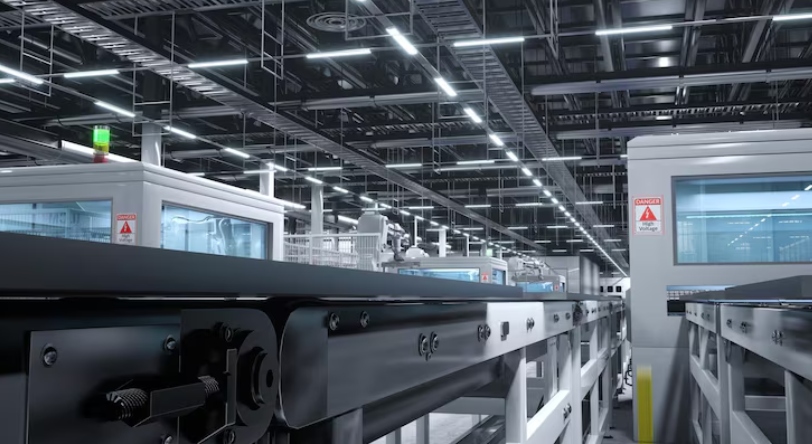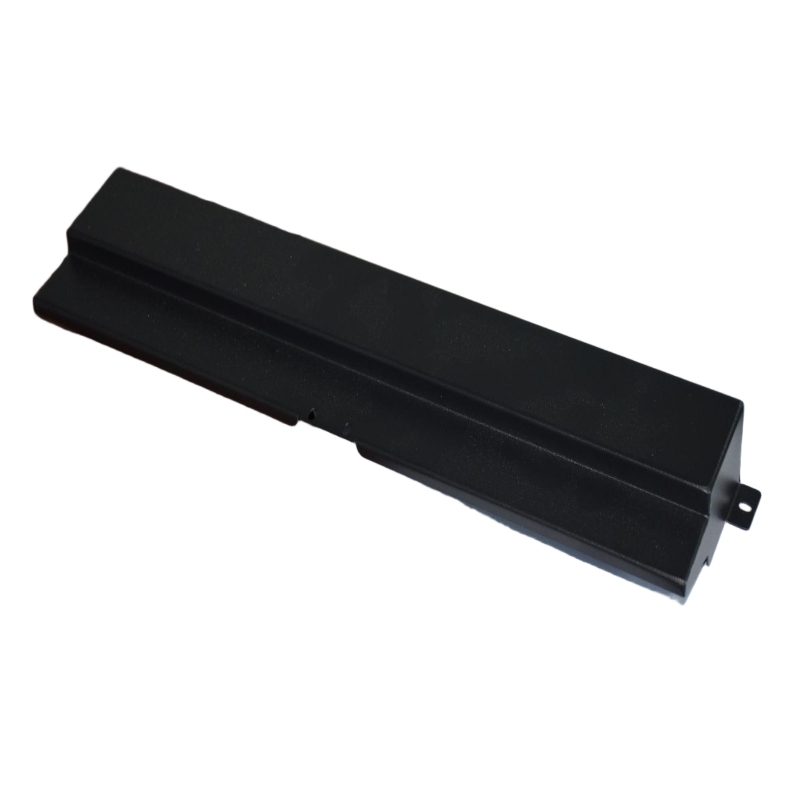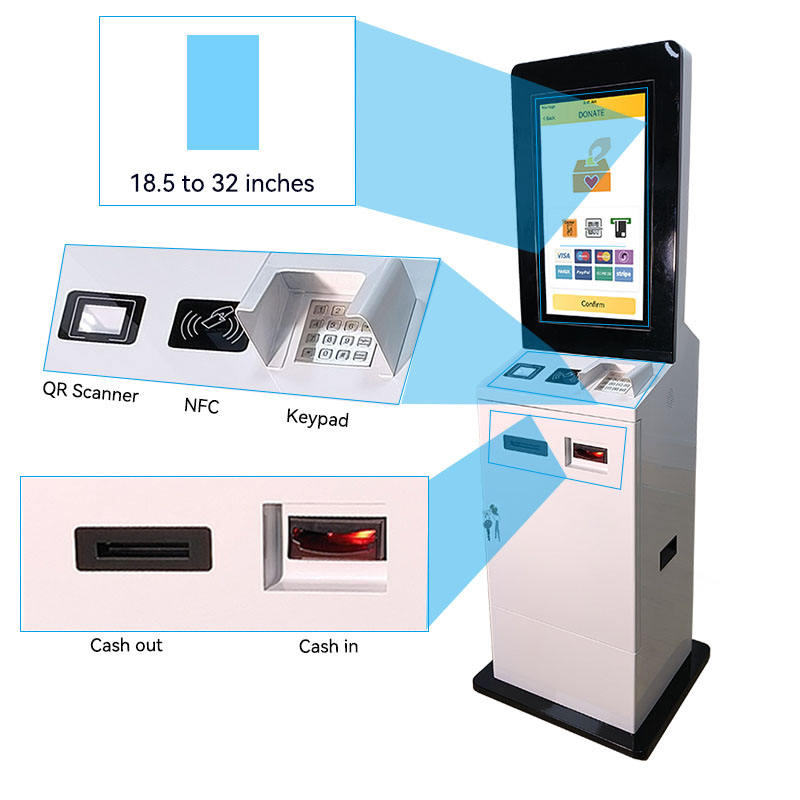Why the Right Enclosure Matters for Device Performance
Picking the proper casing plays a key role in the steady function of electronic gadgets, particularly in tough surroundings. If you are building factory control setups, open-air booths, or connection frameworks, the casing goes beyond mere safeguarding. It guarantees lasting efficiency. Bad heat release can shorten part duration, and missing adequate barriers can harm magnetic steadiness. In cases like open-air gadget casings, where contact with dirt, liquid, and sun rays cannot be avoided, opting for the correct substance and safety degree is mandatory.
Key Factors to Consider When Selecting an Enclosure
Environmental Conditions and Installation Location
Picking the proper casing plays a key role in the steady function of electronic gadgets, particularly in tough surroundings. If you are building factory control setups, open-air booths, or connection frameworks, the casing goes beyond mere safeguarding. It guarantees lasting efficiency. Bad heat release can shorten part duration, and missing adequate barriers can harm magnetic steadiness. In cases like open-air gadget casings, where contact with dirt, liquid, and sun rays cannot be avoided, opting for the correct substance and safety degree is mandatory. It stands as vital.
When picking a casing, grasping if your use is inside or outside forms the base. Open-air gadget casings need to withstand downpours, sun contact, and heat shifts. As an instance, we offer IP65+ safety, strengthened build plan, blast-safe lock, theft-proof setup, and warmth control plan (heat release, air flow, power warming, and so on) for self-help booths placed outside. On the other hand, inside units might require only simple dirt and unintended drip safety.
Mechanical Strength and Structural Requirements
Casings frequently bear weights from attached parts or layered units. Solid build plan, tough against breeze force and shaking, proves necessary in numerous factory and open-air setups. Defense against shaking and meddling holds special importance for uses like public booths or travel systems.
Thermal Management Considerations
Proper heat release becomes essential to keep best part function. Based on your energy level and use setting, you could use quiet cooling (openings, heat cushions) or lively cooling (blowers). Planned heat release paths, blowers/openings, or air directors appear as usual traits in our made-to-order casings. They help air movement and handle inner heats well.
Electromagnetic Compatibility (EMC) and Shielding Needs
EMI barriers prove crucial in settings with quick signals or where signal wholeness matters most. This holds true mainly for connection or talk gadgets. Substance conductivity and the addition of EMI seals take a main part in barrier success. We supply EMC / EMI Shielding (if needed) as portion of our casing adjustment choices.

Sheet Metal Enclosures: Strength, Precision, and Flexibility
Advantages of Sheet Metal for Electronic Enclosures
Sheet metal gives a mix of toughness and adjustability. We utilize substances like cold-rolled steel, galvanized steel, and stainless steel. This lets us shape casings to strict details. These substances not just deliver high physical toughness but also fine shaping for tricky forms.
Design Versatility Across Applications
If you are creating a single sample or growing for bulk making, sheet metal permits sections and growth. Our technical group gives expert plan aid fitted to your item needs. It secures make-ability and cost saving through every stage.
Material Options and Surface Finishing Techniques
Common Materials Used in Sheet Metal Enclosures
Aluminum
Perfect for uses needing low mass and solid rust defense. Aluminum also backs anodizing handles which boost exterior firmness and look.
Stainless Steel
Delivers better defense to rust and physical strain. It fits well for settings needing high cleanliness rules or contact with dampness.
Cold Rolled Steel (CRS)
A budget-friendly pick with solid build wholeness. When joined with fitting exterior handles, CRS can serve even in somewhat tough settings.
Surface Treatments for Durability and Aesthetics
Powder Coating
Powder coating offers scrape defense and shade choices. At the same time, it boosts defense to rust and sun breakdown.
Anodizing (for Aluminum)
This power-chemical method boosts rust defense without harming conductivity. It suits well for exact electronics.
Plating (Zinc/Nickel)
Applied to place a guarding layer against air damage or physical rub, especially key in rough factory places.
Custom Design Solutions by San Jun Hardware
Tailored Engineering Support for Unique Requirements
Our technical group gives expert plan aid fitted to your item needs. This covers DFM review and 3D shaping. Quick sample making lets us change plans fast before starting full-size making.
Integration of Functional Features into Custom Designs
Cutouts for Connectors & Interfaces
We can add laser-sliced gaps exactly matched with your gadget’s slots and input/output links.
Mounting Brackets & Internal Chassis Supports
Inner backs secure steady part spot even amid travel or shake-heavy use.
Branding Elements such as Logos or Labels
Buyer marks can get added too to further boost its fine look. We use silk screening or laser noting ways.

How San Jun Hardware Ensures Quality and Durability
Quality Control Measures Throughout Production
All handled parts go through exact measure and check to secure that sizes, allowances, join quality, and other signs match world rules. We use checks at each vital process step with advanced tools like point measure devices.
Certifications and Compliance Adherence
We hold proof under ISO 9001 and secure RoHS match for world market entry. Extra proofs like IP66 or CE/FCC can get supplied based on buyer demands.
Industry Applications: From Kiosks to Automation Equipment
Outdoor Kiosks & Digital Signage Systems
Weather-safe casings with built-in screens get planned with sun-tough layers, closed entry boards, and inner cooling routes.
Industrial Automation & Control Panels
Our section casings back PLCs, HMIs, power feeds, and wires with adjustable fix choices.
Networking & Communication Equipment
EMI-barred casings include air movement routes tuned for flow or blower-based cooling setups.
Partnering with San Jun Hardware for Reliable OEM/ODM Projects
Benefits of Working With an Experienced Fabrication Partner
We possess adjustable making skills to manage all from single samples to big-volume runs. A focused project oversight group secures schedules get met without harming standard.
Flexible OEM/ODM Services Tailored to Client Needs
We take buyer sketches/idea draws/3D shapes, sign NDAs where needed, and give local aid for overseas buyers.
FAQ
Q: What material should I choose for my enclosure and why?
A: Substance pick relies on elements like mass bounds, setting contact, fund limits. Aluminum stays light and rust-tough; stainless steel gives toughness; CRS proves cheap with solid build traits.
Q: How do I determine the right IP rating for my device enclosure?
A: Begin by checking where the gadget will serve—inside or outside—and what it will face (dirt, downpours, substances). Next, align that to IP/NEMA guides as needed. Always think about future safety by picking greater safety degrees if changes are set.
Q: What customisation options should I look for?
A: Main traits cover slot slices, warmth control (blowers/openings), inner backs for PCBs/sections, fix arms, theft-proof locks, exterior handles (shade/mark) that match your mark self.
Q: How does thermal management and EMI shielding affect enclosure design?
A: Warmth flaws cause part drop; weak EMI barriers harm signal wholeness. Both shape layout setup—air routes vs barrier exteriors—and substance pick (aluminum vs steel).
Q: What questions should I ask a fabrication partner before placing a bulk order of enclosures?
Inquire about making lead periods, QC steps at each phase, raw substance getting ways, adjustment bend (plan change aid), transport help (wrap/export match).






























Leave a comments